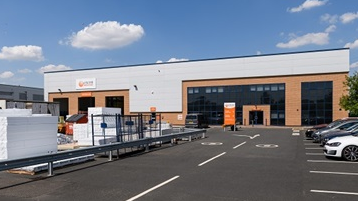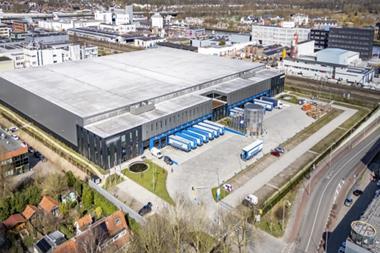EUROPE - Yields on European logistics have seen a slight upswing as increased investor appetite exerts downward pressure on retail and a small group of less risk-averse investors seek out alternatives to office, according to a Savills research note.
The yield on prime European shopping centres fell by 19 basis points to 6.6% last year, compared with an increase in the yield on prime industrial warehouses from 7.52% to 7.63%.
The note said the resurgence of risk-embracing investors would "revive" the industrial market, "which has become increasingly attractive compared to other assets".
The report follows data published by Jones Lang Lasalle showing €3bn in logistics and industrial transactions in the fourth quarter of last year - the highest quarterly volume in five years.
Yet, according to Savills, office transaction activity in core markets has held in spite of scarce assets and diminishing yields.
Office accounted for 47% of total volumes last year, with prices for central business district (CBD) assets likely to stabilise at the long-term average this year.
The result will be an increase in forward funding agreements - a trend already evident as a result of an increase in the number of distressed sales and bank disposals.
Domestic and cross-border capital has sustained volumes in France, Germany and the UK.
Combined, these three markets accounted for 80% of total European transactions worth €101bn.
Although long-term investors could find opportunities in higher risk markets at the bottom of the cycle, Savills said core markets with available capital and wider spreads to government bonds were likely to remain investment targets this year.
The note pointed to contrary trends in sources of capital.
While European investors retreat to their home markets, where local market knowledge gives them a competitive advantage, North American and Asian investors have increased their European investment activity.
These two groups, with Middle East investors, primarily targeted the UK but have also increased their investments in German and CEE property markets.
In total, international capital was involved in 20% of total transactions.












